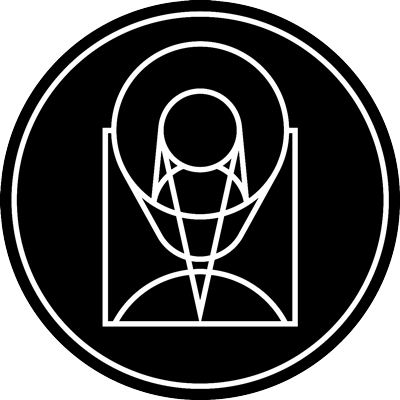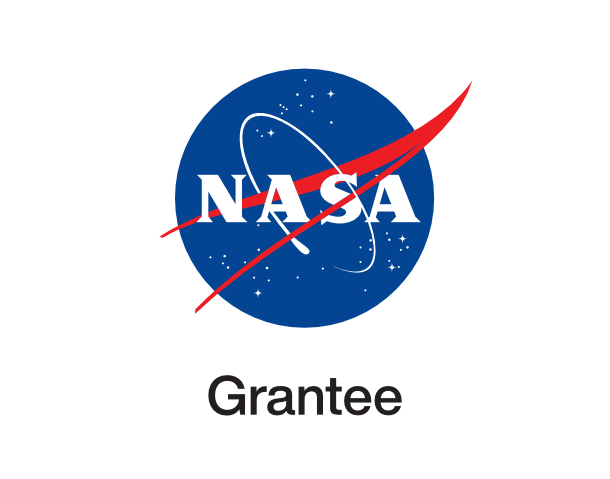Omega Centauri - WFC3

stsci_2010-28b October 26th, 2010
Credit: NASA, ESA, and J. Anderson and R. van der Marel (STScI)
NASA's Hubble Space Telescope snapped this panoramic view of a colorful assortment of 100,000 stars residing in the crowded core of a giant star cluster. The image reveals a small region inside the massive globular cluster Omega Centauri, which boasts nearly 10 million stars. Globular clusters, ancient swarms of stars united by gravity, are the homesteaders of our Milky Way galaxy. The stars in Omega Centauri are between 10 billion and 12 billion years old. The cluster lies about 16,000 light-years from Earth. Omega Centauri is among the biggest and most massive of some 200 globular clusters orbiting the Milky Way. It is one of the few globular clusters that can be seen with the unaided eye. Located n the constellation Centaurus, it resembles a small cloud in the southern sky and might easily be mistaken for a comet.
Provider: Space Telescope Science Institute
Image Source: https://hubblesite.org/contents/news-releases/2010/news-2010-28
Curator: STScI, Baltimore, MD, USA
Image Use Policy: http://hubblesite.org/copyright/

- ID
- 2010-28b
- Subject Category
- B.3.6.4.2
- Subject Name
- Omega Centauri (NGC 5139)
- Credits
- NASA, ESA, and J. Anderson and R. van der Marel (STScI)
- Release Date
- 2010-10-26T00:00:00
- Lightyears
- 16,000
- Redshift
- 16,000
- Reference Url
- https://hubblesite.org/contents/news-releases/2010/news-2010-28
- Type
- Observation
- Image Quality
- Good
- Distance Notes
- 16,000 light-years or 4,800 parsecs
- Facility
- Hubble, Hubble, Hubble
- Instrument
- WFC3, WFC3, WFC3
- Color Assignment
- Blue, Green, Red
- Band
- Optical, Optical, Optical
- Bandpass
- U, U, I
- Central Wavelength
- 225, 336, 814
- Start Time
- 2009-07-15T00:00:00, 2009-07-15T00:00:00, 2009-07-15T00:00:00
- Integration Time
- Dataset ID
- Notes
- W
- Coordinate Frame
- ICRS
- Equinox
- J2000
- Reference Value
- 201.7068501, -47.4917467
- Reference Dimension
- 1528.0, 885.0
- Reference Pixel
- 765.0, 443.5
- Scale
- -6.97586e-06, 6.9758587e-06
- Rotation
- 24.42
- Coordinate System Projection:
- TAN
- Quality
- Full
- FITS Header
- Notes
- WCS retrieved using CXCs PinpointWCS
- Creator (Curator)
- STScI
- URL
- http://hubblesite.org
- Name
- Space Telescope Science Institute Office of Public Outreach
- outreach@stsci.edu
- Telephone
- 410-338-4444
- Address
- 3700 San Martin Drive
- City
- Baltimore
- State/Province
- MD
- Postal Code
- 21218
- Country
- USA
- Rights
- http://hubblesite.org/copyright/
- Publisher
- STScI
- Publisher ID
- stsci
- Resource ID
- STSCI-H-p1028b-f-1528x885.tif
- Resource URL
- https://mast.stsci.edu/api/latest/Download/file?uri=mast:OPO/product/STSCI-H-p1028b-f-1528x885.tif
- Related Resources
- http://hubblesite.org/newscenter/archive/releases/2010/28
- Metadata Date
- 2022-07-06T00:00:00
- Metadata Version
- 1.2
Detailed color mapping information coming soon...















